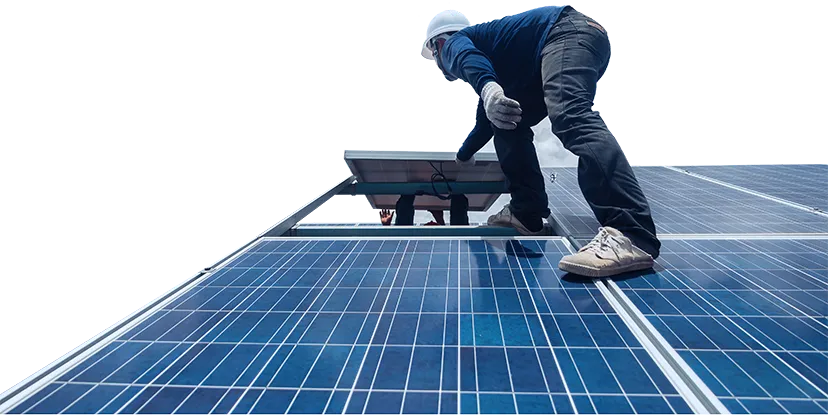Understanding the 30% Solar Tax Credit — Before It Disappears

For years, thousands of households in the United States have taken advantage of a powerful benefit: the 30% federal tax credit for solar systems. This incentive has been one of the main reasons why solar energy has grown so much in the country.
But today that benefit is at risk of disappearing. A new law could eliminate it very soon, and understanding how this credit works, its advantages, its risks, and what’s coming with the law is key to making quick and smart decisions.
What is the 30% solar credit?
It’s a federal tax credit that allows anyone who installs solar panels to recover 30% of the total system cost on their tax return.
- What does it include?
- Solar panels
- Inverters
- Batteries
- Wiring, structure, permits, labor
- Everything necessary for the system to work
How is it applied?
Example: You install a $20,000 system → you receive a $6,000 credit. If you owed $7,000 in taxes, now you’ll only pay $1,000.
Real benefits for customers
- Significantly reduces the final installation cost
- Accelerates return on investment (usually between 5 and 7 years)
- Increases property value
- Applies to primary or secondary residences
- Encourages the use of clean and sustainable energy
Traps and bad practices
Although the credit is real and useful, many companies use it deceptively. These are the most common practices:
- Inflating prices
Some companies artificially raise the system cost so the customer believes they’ll receive a larger credit. Result: you pay more for the same thing.
- Including improvements that don't qualify
Some add roofing, air conditioning, or painting to the bill, making them appear as part of the solar system. But the IRS doesn’t accept these expenses, and you could have tax problems.
- Disguised leasing
They tell you that you own the system, but you’re actually signing a lease. In that case, the company claims the credit, not you.
- Promising cash refunds
They assure customers they’ll receive “a check from the government” with the 30%. This is false. You only receive the benefit if you owe federal taxes. It’s not an automatic gift.
The real threat
In May 2025, the U.S. Congress proposed a law called “One Big Beautiful Bill.” This law, promoted by the Republican party, seeks to cut funding for clean energy, including the 30% solar credit.
- What this law proposes:
The Senate proposes a variant where the residential credit would end 180 days after the law is signed, meaning early 2026.
Key dates
| Date | Event |
|---|---|
| May 22, 2025 | House approves credit elimination |
| July 2025 | Tentative date for law to be signed |
| January 2026 | End of credit if Senate version is approved |
What would happen if this law is approved?
- For customers:
- The cost of installing solar energy would automatically increase by 30%
- Many would stop seeing solar as profitable
- Those who don't act in time will lose thousands of dollars in benefits
- For solar companies:
- Drop in sales
- Small companies could close
- Increased competition and quality cuts
- Thousands of jobs would be affected
What can you do now?
- Act fast:
If you’re thinking about installing, do it before December 2025.
- Research well:
Choose a transparent and reliable company that doesn’t inflate prices or offer you disguised leasing.
- Consult a tax advisor:
It’s the best way to know how the credit benefits you in your personal situation.
What is the 30% solar credit?
The 30% credit has been one of the best tools to make solar energy accessible in the U.S. Thanks to it, millions of homes have been able to save money and care for the planet.
But today it’s under threat. And if you don’t act in time, you could lose the opportunity.
Get informed, avoid traps, and make the decision before it’s too late.





